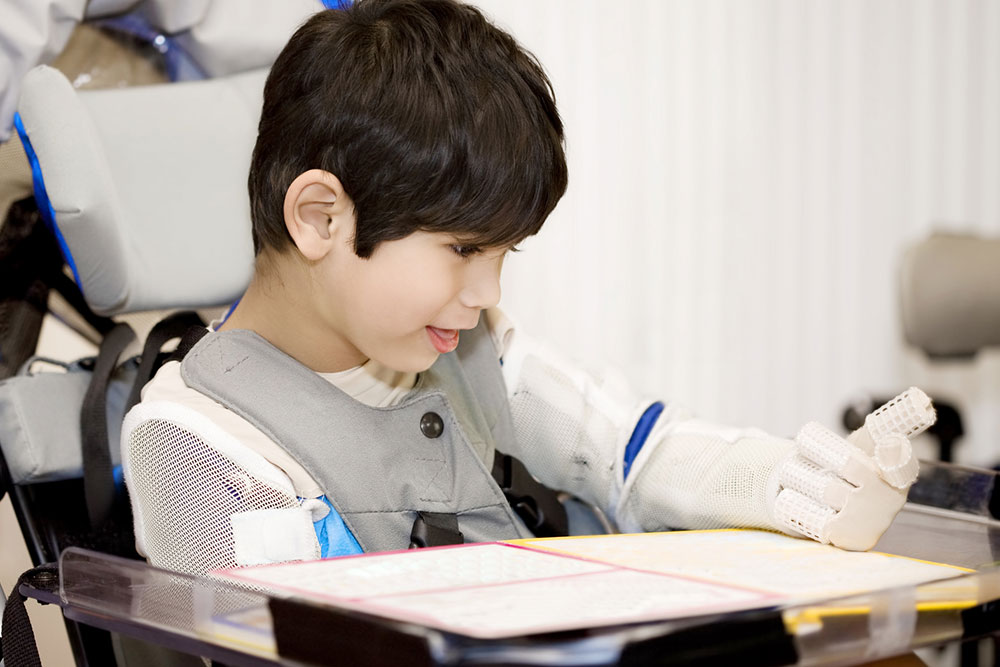Understanding Desmoid Tumors: Causes, Symptoms, and Treatment Strategies
Desmoid tumors are benign growths arising in connective tissues, often in the limbs or abdomen. Causes are linked to DNA mutations, with risk factors like age, genetic conditions, and injury. Symptoms include painless lumps, pain, and movement issues. Treatment options vary from surgery to targeted therapy, depending on tumor size and location. Early detection and medical consultation are essential to managing these rare tumors effectively.

Understanding Desmoid Tumors: Causes, Symptoms, and Treatment Strategies
Desmoid tumors are benign growths that develop in the body's connective tissues, which provide support and connection between bones, muscles, and ligaments. These noncancerous tumors are often painless and may go undetected. Commonly forming in the arms, legs, and abdominal area, they can appear anywhere in the body. Here’s a guide to their causes, signs, and treatment options:
1. Causes of desmoid tumors
The precise cause remains unknown, but DNA mutations in connective tissue cells are believed to trigger tumor growth. Normally, cell DNA directs growth, division, and death, but mutations lead to abnormal proliferation that results in tumors which invade healthy tissues. Several risk factors may influence tumor development, though they don't directly cause it. Some individuals without risk factors can still develop these tumors. Recognizing potential risks aids early detection and management. Common factors include:
Age: Typically affecting adults between 20 and 40, it's less common in children and seniors.
Genetic Conditions: Conditions like familial adenomatous polyposis (FAP), which cause colon polyps, increase risk and are hereditary.
Pregnancy: Rarely, tumors may develop during or after pregnancy.
Injury or Surgery: Past trauma or surgical procedures may slightly raise the chances of tumor formation.
2. Symptoms of desmoid tumors
Often growing in soft tissues, these tumors may initially be asymptomatic. When symptoms appear, they depend on their location and size. The earliest sign is usually a firm, painless lump or swelling in areas like the chest, abdomen, or limbs. Larger tumors can cause pain, pressure on nerves, limited movement, or swelling. If tumors develop in the abdomen, symptoms may include bloating, constipation, abdominal pain, or bowel issues.
Painless palpable lump
Pain or soreness
Feelings of tingling or numbness
Reduced mobility or limb limping
Digestive disturbances such as bloating and constipation
3. Treatment options for desmoid tumors
Once diagnosed, treatment plans are tailored based on the tumor's location and size. Common approaches include:
Surgical removal: The primary and most effective method involves excising the tumor.
Active management: Monitoring the tumor without immediate intervention if it isn’t growing significantly.
Targeted therapies: Medications aimed at specific genes or proteins involved in tumor growth.
Cryoablation: Freezing the tumor when surgery isn't suitable.
Chemotherapy: Use of drugs intravenously to shrink or eliminate the tumor.
Note:
This article provides general information about desmoid tumors, symptoms, and treatments. It should not replace professional medical advice. Always consult qualified healthcare providers for diagnosis and personalized treatment plans.










